- Written By Team DWS
- Festivals
- April 10, 2025
Celebrating Haiku Poetry Day: The Art of Minimalism in Words
Every year, poetry enthusiasts and nature lovers around the globe come together to celebrate Haiku Poetry Day on April 17. This day is not just an ode to the enchanting qualities of haiku but also a recognition of the powerful simplicity that this ancient form of poetry encapsulates. Rooted in Japanese culture, haiku is distinguished by its minimalist approach, using a mere handful of words to convey emotions, imagery, and profound reflections on the world.
-dws638798499134981401.jpg)
The Essence of Haiku
Traditionally, haikus consist of 17 syllables, divided into three lines of 5, 7, and 5 syllables respectively. What sets haiku apart from other poetic forms is its focus on nature and the changing seasons, often evoking a moment in time that resonates deeply with the reader. The charm of haiku lies not just in its structure but in its ability to evoke vivid imagery and complex feelings with astonishing brevity.
For instance, consider Matsuo Basho’s famous haiku:
- An old silent pond...
- A frog leaps into the water...
- Sure! A rephrased version of "Splash! Silence again." could be: "A splash, then quiet once more."
In just 17 syllables, Basho captures a serene moment, inviting readers to pause and reflect. This quintessential haiku exemplifies the essence of the form—simplicity, depth, and a connection to nature.
Haiku and Minimalism
The art of haiku poetry mirrors the principles of minimalism. Minimalism, in various artistic forms, emphasizes the "less is more" concept, promoting simplicity and clarity. Haikus manage to encapsulate vast themes and emotions through the careful selection of words, allowing even the most mundane experiences to shimmer with significance.
Haikus often center on a single observation or a fleeting moment, drawing attention to the beauty found in everyday life. The effectiveness of a good haiku relies on its ability to evoke strong feelings while suggesting far more than its words imply. This leaves ample room for reader interpretation, fostering a personal connection with each piece.
The Impact of Nature in Haiku Poetry
Nature plays a pivotal role in the world of haiku. Each poem frequently serves as a reflection on the surroundings, inviting the reader to pause and appreciate the beauty of the natural world. From cherry blossoms to the sound of rain, haikus deftly capture the essence of fleeting moments—like the rustle of leaves, the sound of a rushing river, or the warmth of sunlight filtering through a grove.
This strong connection to nature provides a continuous reminder of the transience of life. The seasons change, moments slip away, and memories fade—haikus encapsulate these themes with grace, prompting us to savor the present. The simplicity of a haiku makes it a perfect conduit for introspection, inviting readers to find solace within the brevity of existence.
Celebrating Haiku Poetry Day: Engaging with the Art
Haiku Poetry Day is an excellent opportunity for both seasoned poets and curious newcomers to delve into the beauty of this poetic form. There are numerous ways to engage with and celebrate haiku:
- Write Your Own Haiku: Gather inspiration from nature, whether it’s a walk through the park or simply observing the hustle and bustle of your daily life. Challenge yourself to capture a moment in 17 syllables, focusing on vivid imagery and emotional resonance.
- Share with Others: Once you've penned a haiku, share it with friends, family, or on social media. Use hashtags like #HaikuPoetryDay to connect with fellow enthusiasts, exchanging ideas and appreciating one another’s work.
- Attend or Host a Haiku Reading: Organizing or attending a haiku reading can foster a sense of community and appreciation for poetry. Whether in-person or virtual, these gatherings create spaces for sharing and collaborating on haiku, allowing voices to mingle in celebration of this beautiful form.
- Explore Local Nature: Engage with the environment around you. Visit parks, gardens, or forests; let the sounds, sights, and sensations inspire your haiku. Nature often serves as a wellspring for creativity, urging us to observe closely and deeply.
- Read Haiku Masters: Immerse yourself in the world of haiku by reading works from masters like Basho, Yosa Buson, and Kobayashi Issa. Contemporary haiku poets, such as Richard Wright or Cor van den Heuvel, offer fresh perspectives that keep the tradition alive.
Conclusion
Haiku Poetry Day invites us to explore the art of minimalism in words, celebrating the beauty of simplicity, nature, and the ephemeral nature of life. Whether you are a seasoned poet or someone who appreciates the written word, take this moment to reflect, create, and connect. As we pause to embrace the elegance of haiku, we are reminded that sometimes, the most profound experiences can be found in the simplest expressions. Each syllable a whisper, each line a breath, capturing fleeting moments that resonate within our hearts. Let's savor the harmony of language as we embark on a journey through the delicate interplay of imagery and emotion, allowing our thoughts to blossom like cherry blossoms in spring, ephemeral yet deeply impactful. Join us in honoring this timeless form, where every word counts and the essence of life unfolds in just seventeen syllables.
-dws638798500326916428.jpg)
Haiku Poetry Day FAQs: Your Guide to Celebrating This Unique Form of Poetry
Sure! Here's a list of frequently asked questions (FAQs) about Haiku Poetry Day:
Q1: What is Haiku Poetry Day?
A1: Haiku Poetry Day honors the beauty of haiku, a cherished Japanese verse with a 5-7-5 syllable flow. It encourages people to write and share their own haikus, appreciate the beauty of this poetic form, and learn about its deep cultural significance.
Q2: When is Haiku Poetry Day celebrated?
A2: Haiku Poetry Day is observed on April 17th each year. This date was chosen to coincide with the popularity of haiku and its significant influence in modern poetry.
Q3: How did Haiku Poetry Day begin?
A3: The day was established to promote awareness of haiku poetry and to celebrate its cultural roots. Various poets, educators, and literary organizations may have contributed to its popularization, emphasizing the importance of this concise and evocative poetic form.
Q4: What are the key characteristics of haiku?
A4: A traditional haiku features:
- Three lines
- A syllable structure of 5-7-5
- A focus on nature or seasonal references (kigo)
- A moment of reflection or insight (kireji)
Q5: How can I participate in Haiku Poetry Day?
A5: You can participate by writing your own haikus, sharing them on social media with hashtags like #HaikuPoetryDay, attending local poetry readings or workshops, or engaging in online haiku communities. Consider joining groups that celebrate this poetry form or organizing a haiku contest.
Q6: Are there any activities or events for Haiku Poetry Day?
A6: Many communities host events such as poetry readings, workshops for beginners, and contests. Schools and libraries may also organize educational programs focused on teaching the haiku form. Check local listings or online platforms to find events near you.
Q7: How can I learn more about writing haikus?
A7: There are numerous resources available to help you learn how to write haikus. Online writing tutorials, poetry workshops, books on poetry forms, and haiku communities can provide guidance on structure, themes, and techniques. Additionally, reading haikus by established poets can offer inspiration and insights.
Q8: Can haikus be written in languages other than Japanese?
A8: Yes, haikus can be and are written in many languages. Although the traditional syllable structure is often maintained, poets may adapt the format to fit the linguistic nuances of their own language while capturing the essence of the haiku's spirit.
Q9: Do I need to follow the 5-7-5 structure strictly?
A9: While the 5-7-5 syllable structure is a hallmark of traditional haiku, many contemporary poets experiment with variations. The essence of a haiku lies in evoking an image or emotion in a few words, so feel free to explore your creativity.
Q10: Where can I share my haikus written for Haiku Poetry Day?
A10: You can share your haikus on social media platforms using hashtags like #HaikuPoetryDay, participate in online poetry forums, or submit them to poetry websites and journals that accept haiku. Local literary magazines or community boards may also welcome your contributions.
Feel free to adapt these FAQs as needed for your specific audience or purpose!
Popular on Blogs
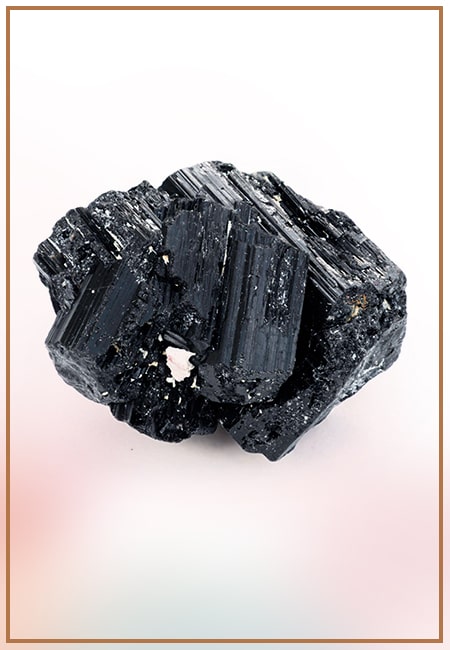
Black Tourmaline: Meaning, Healing Properties, Fascinating Facts, Powerful Attributes, Versatile Uses, and Beyond
September 05, 2023 / BY Team DWS
Black Tourmaline, also known as Schorl, is a highly revered crystal with incredible metaphysical properties. It derives its name from the Dutch word "turamali," meaning "stone with ..
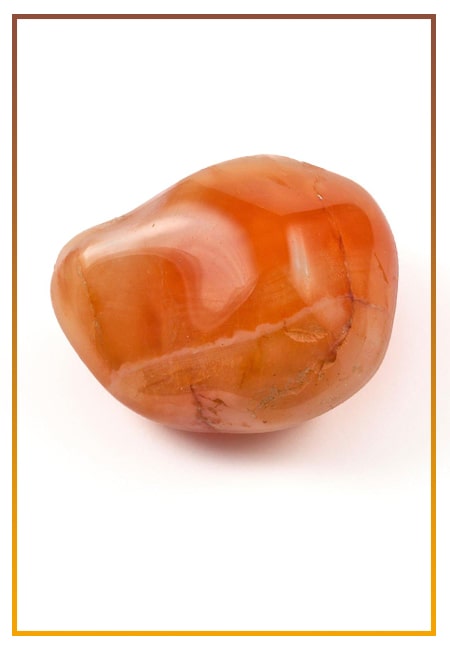
Carnelian Stone: Meaning, Healing Properties, Power, Facts, Color, Uses and More
December 26, 2023 / BY Team DWS
Carnelian is a vibrant and captivating gemstone that holds a plethora of meanings, healing properties, and powers. Its warm and fiery energy makes it a popular choice among crystal ..
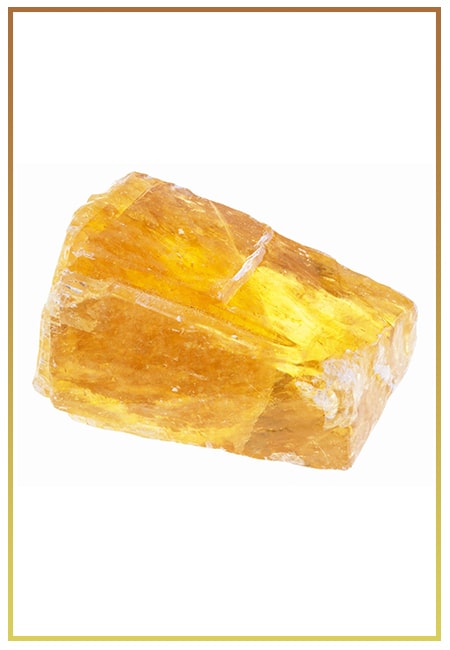
Citrine: Exploring its Meaning, Healing Properties, Fascinating Facts, Powers, Versatile Uses, and Much More
November 18, 2023 / BY Team DWS
Citrine, with its warm golden hues, has captured the attention and imagination of people for centuries. This beautiful gemstone, commonly associated with wealth and prosperity, hol ..
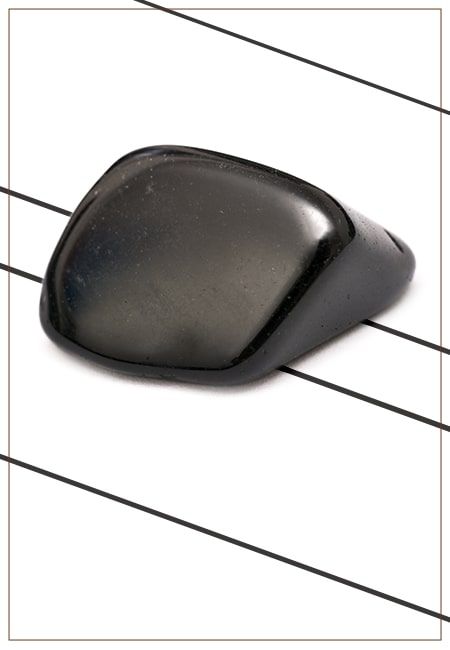
Black Onyx: Unveiling the Meaning, Healing Properties, Fascinating Facts, Powerful Attributes, Versatile Uses, and Beyond
July 25, 2023 / BY Team DWS
Black Onyx, a striking gemstone admired for its deep black hue and elegant appearance, has captivated people for centuries. In this comprehensive guide, we will delve into the mean ..
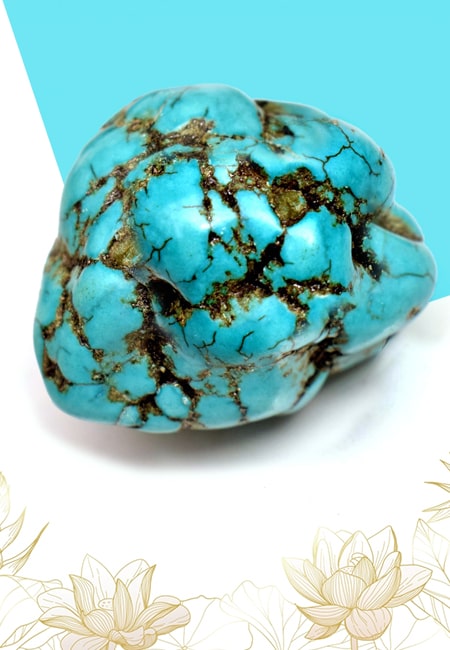
Unveiling the Mysteries of Turquoise Stone: Exploring its Meaning, Healing Properties, Power, Facts, Color, Uses, and More
December 05, 2023 / BY Team DWS
Turquoise, with its captivating blue-green hue, has been adorning jewelry and artifacts for centuries. This striking stone has a rich history, rich symbolism, and a plethora of int ..
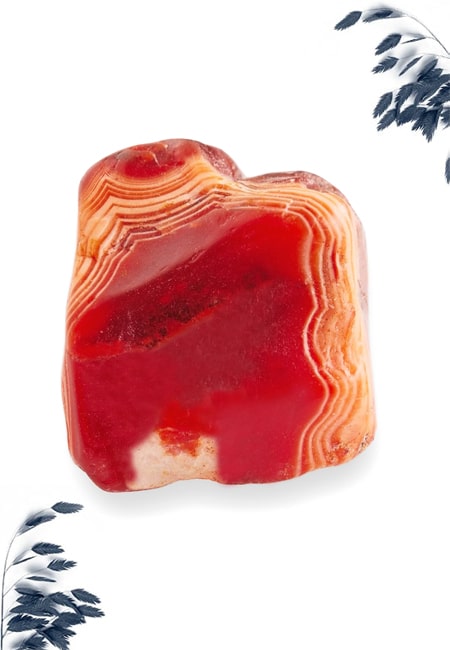
The History Behind The Popularity of Red Agate
December 23, 2022 / BY Team DWS
An Agate is a type of magma rock that takes many years till it is washed out naturally into the water. And that is the reason this stone has elements of water. This beautiful stone ..

Plan a Perfect Valentine's Week with Our Valentine Week List 2025
January 22, 2024 / BY Team DWS
Valentine's Day is undoubtedly the most romantic day of the year, but we believe that one day is just not enough to express your love and make your partner feel special. That's why ..
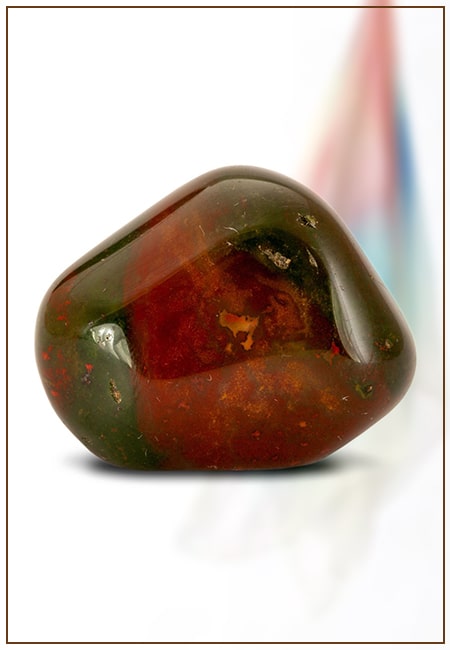
Bloodstone: Unveiling the Meaning, Healing Properties, Facts, Powers, Uses, and More
August 21, 2023 / BY Team DWS
Bloodstone, with its captivating deep green color with specks of red, is a mesmerizing gemstone that has fascinated civilizations for centuries. It possesses unique healing propert ..


